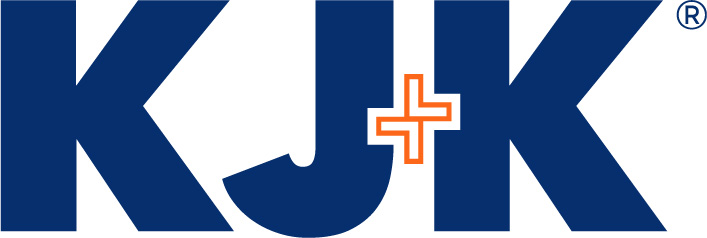By Jon Groza & Kyle Stroup
Amazon’s e-commerce merchants can now receive lines of credit up to $1 million from Goldman Sachs’ Marcus brand. Marcus is one of Goldman’s forays into main street lending. Here, they’ve teamed up with Amazon to extend lines of credit to e-commerce merchants at fixed annual interest rates ranging from 6.99% to 20.99%. This program marks the first time that Amazon has allowed an outside party to lend to its merchants. This news comes on the heels of rumors from earlier this year that Amazon would be introducing a lending marketplace whereby lenders would compete to offer applicants credit lines. In these uncertain times, Amazon has identified a means to ensure its merchants can continue doing business while receiving fees from the arrangement with Marcus.
The lines of credit are directed solely toward Amazon’s e-commerce merchants, and the application process is digital, with the offer posted on Seller Central. In addition to interest rates, merchants will face late penalties for untimely payments and maintenance fees for not using at least 30% of their credit line.
Merchants whose margins have been cut by increased supply and logistics costs may look to these lines of credit as a way to offset increased costs. Merchants should be cautious, however, as the interest rate may cut further into profit margins. Additionally, Goldman Sachs may gain access to a merchant’s e-commerce business data if the merchant is applying for the line of credit and has consented.
Because merchants typically receive payment every two weeks, the lines of credit may provide desirable flexibility for e-commerce sellers. For example, in high sales volume months, sellers will need to purchase more inventory. With payments in two-week intervals, sellers may find themselves strapped for cash. The line of credit would allow a merchant to draw on the account to then purchase more inventory and meet demand—capitalizing on what would otherwise be lost sales due to lack of inventory. Merchants need not use the lines of credit solely for inventory. A merchant could invest in more Amazon Marketplace advertising during peak weeks and months. Also, merchants may want to improve business operations to cut down on manufacturing or lead-time costs. Put simply, by capitalizing on the lines of credit, merchants stand to gain potential flexibility.
But, the flexibility does not come without any drawbacks. The reported 6.99% to 20.99% range of interest rates creates uncertainty. Interest rates at the higher end of the reported range are above-market rates. Presumably, the interest rate varies based upon a merchant’s credit score and other key business statistics. While the credit lines provide merchants with flexibility, a credit line will add or increase the merchant’s costs due to fees and interest. Additionally, merchants may not want Goldman to have access to their sales data.
If you’re interested in pursuing a line of credit or growing and protecting your online business, please contact Jon Groza at (216) 736-7255 or jwg@kjk.com or Kyle Stroup at (216) 736-7231 or kds@kjk.com.
See also Amazon’s Pricing Policy Is Suppressing the Buy Box.
